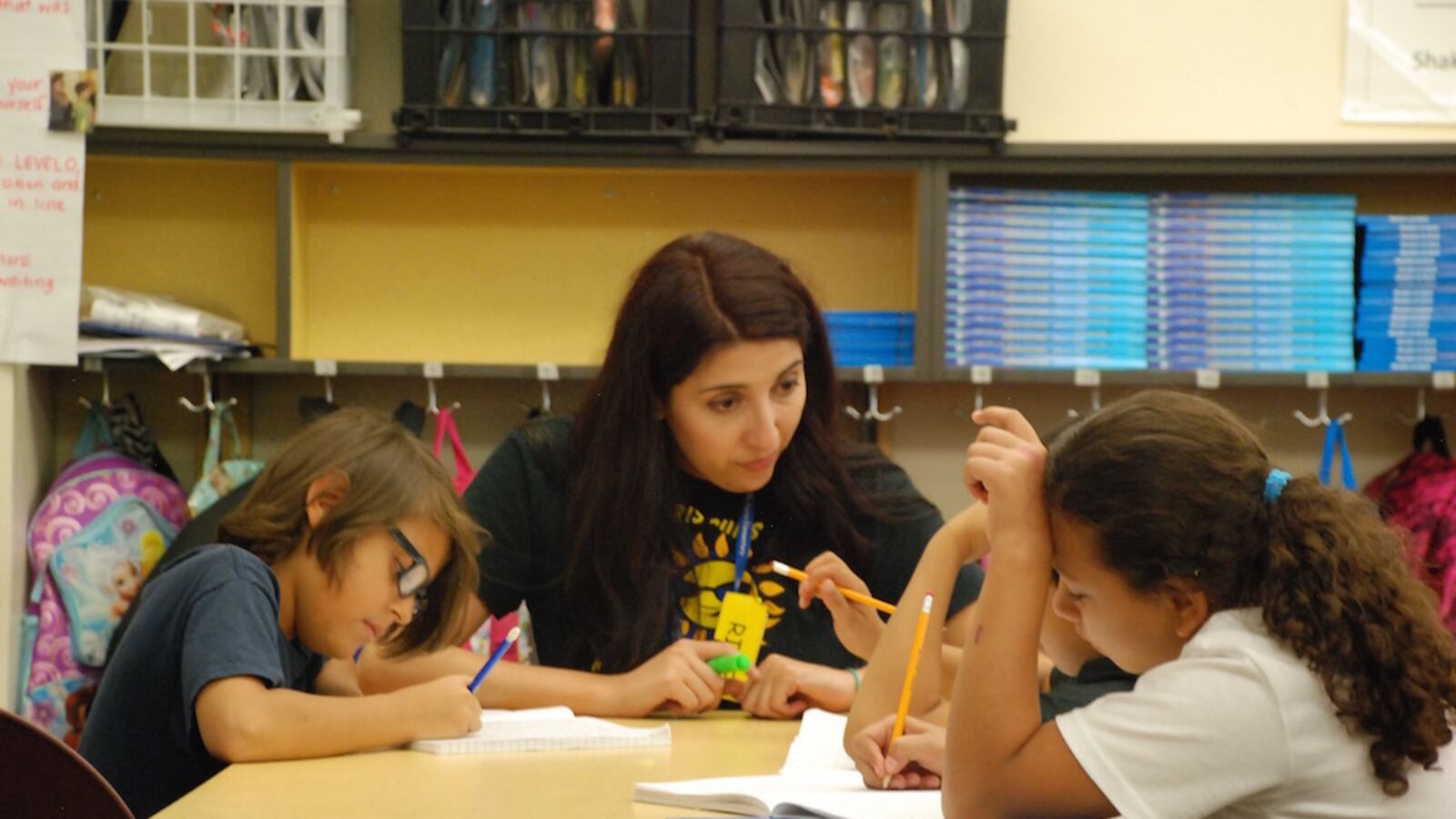Colorado’s student population this school year grew at its slowest rate since 1989, further evidence that shifting demographics are having a significant impact on public schools.
The state added fewer than 6,000 students in kindergarten through 12th grade, an increase of 0.7 percent, according to a report released Thursday by the state education department.
That is lower than the 1.1 percent growth rate in 2015-16, and shy of the average growth rate of 1.3 percent in the past 20 years, the department said.
Colorado has not seen a decrease in enrollment since 1988.
The slower growth comes as Colorado’s population is booming. The state added 100,986 people between 2014 and 2015, making it the second-fastest growing state in the U.S.
The department did not speculate on why the growth slowed. But districts across the state have already begun to notice effects of a low birth rate among millennials, who are fueling much of the state’s population gains. A higher cost of living also is driving some poor families out of the Denver metro region.
Some school districts, including Aurora and Jefferson County, have begun to grapple with budget cuts because the state funds its schools primarily on how many students they educate.
The state reported the greatest enrollment growth in a region came from outside metro Denver — evidence that higher housing costs are causing families to uproot themselves. Districts in Colorado Springs, Fort Collins, Grand Junction, Greeley and Pueblo, grew by 1.4 percent, an increase of 3,513 students.
Meanwhile districts in “outlying towns,” an official department term to describe places such as Alamosa, Canon City, Roaring Fork, saw growth of 2.3 percent, an increase of 1,626 students.
Denver metro area schools grew by only 459 students for an increase of 0.1 percent.
The fastest growing district with more than 100 students was not a district in the traditional sense, but the state’s Charter School Institute. The institute, which opens and supervises charter schools across the state, grew by 1,352 students, a 9 percent increase from 2015. One reason for the growth: four new institute-chartered schools opened in 2016.
Denver Public Schools saw the second largest growth of a district with more than 100 students this year with an increase of 897 students, representing a 1 percent increase. That’s a slower rate than in recent years.
Hispanic students accounted for the largest increase of any racial or ethnic minority in raw numbers. Their numbers grew from 300,107 to 303,573 — 1.2 percent increase. However, Native Hawaiian or other Pacific Islander students showed the greatest percentage growth — 7 percent.
The Adams 12 Five Star Schools district had the largest drop in enrollment, from 39,287 in 2015 to 38,818 in 2016, a decrease of 1.2 percent.
The largest 15 districts and their current student enrollments are:
The state counts how many students are in its public schools every October.

